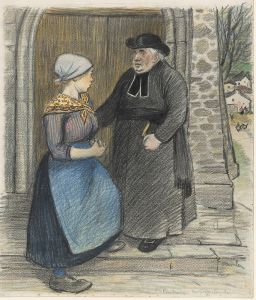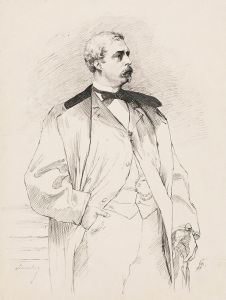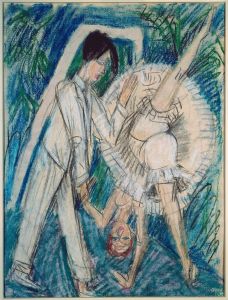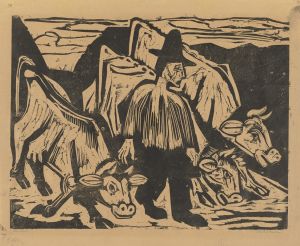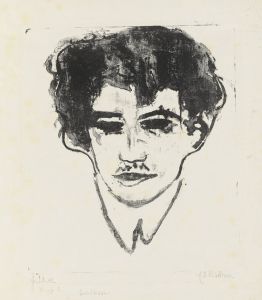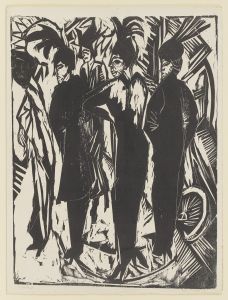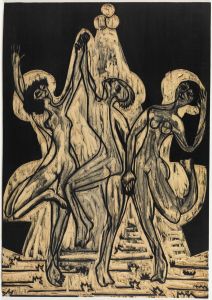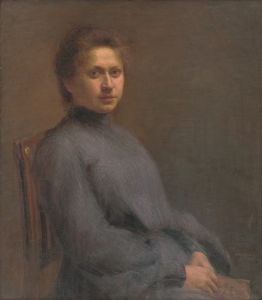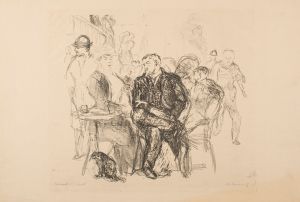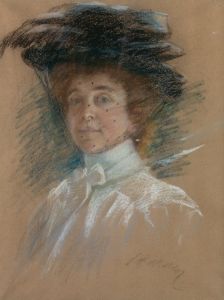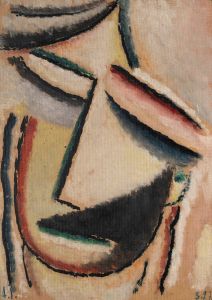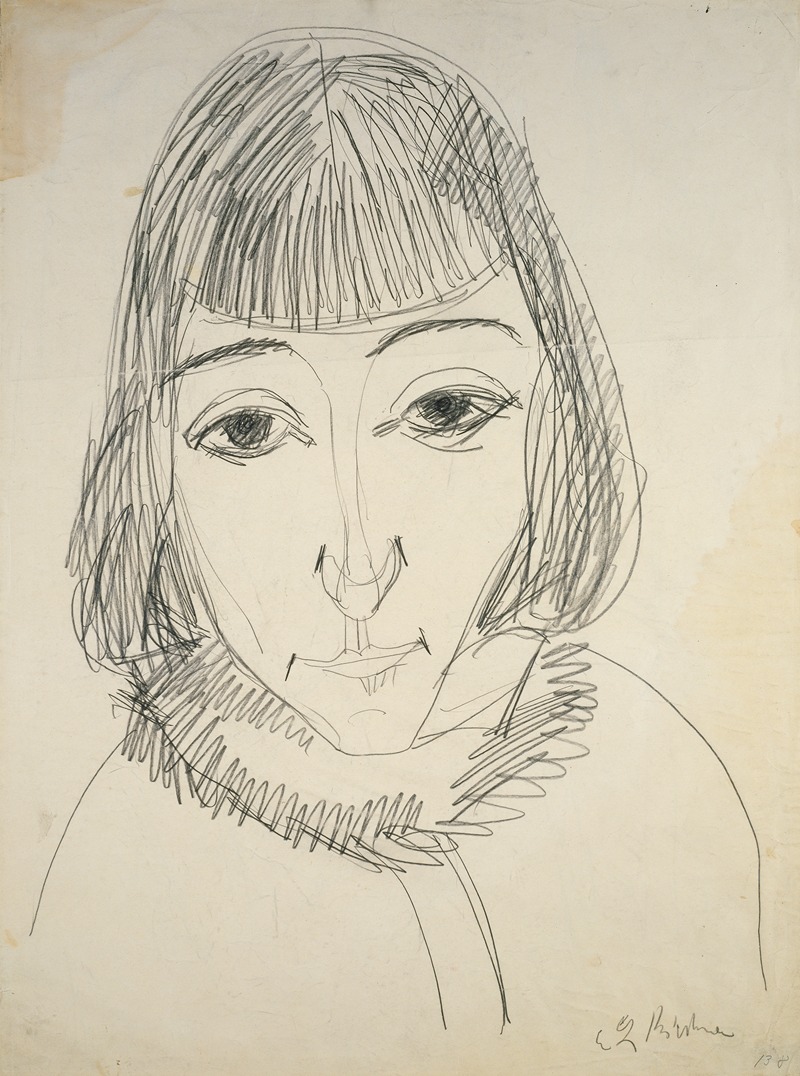
Portrait of Erna
A hand-painted replica of Ernst Ludwig Kirchner’s masterpiece Portrait of Erna, meticulously crafted by professional artists to capture the true essence of the original. Each piece is created with museum-quality canvas and rare mineral pigments, carefully painted by experienced artists with delicate brushstrokes and rich, layered colors to perfectly recreate the texture of the original artwork. Unlike machine-printed reproductions, this hand-painted version brings the painting to life, infused with the artist’s emotions and skill in every stroke. Whether for personal collection or home decoration, it instantly elevates the artistic atmosphere of any space.
Ernst Ludwig Kirchner's Portrait of Erna is a painting created by the German Expressionist artist, who was a founding member of the influential art movement Die Brücke (The Bridge). This movement, established in 1905, sought to break away from traditional academic art and embraced a more emotional, raw, and vibrant style, often reflecting the anxieties and dynamism of the modern age.
The subject of the painting, Erna Schilling, was Kirchner's partner and muse for many years. She played a significant role in his life and work, frequently appearing in his paintings and drawings. Erna was a dancer, and her presence in Kirchner's art often symbolized the artist's fascination with movement, vitality, and the human form. The relationship between Kirchner and Erna was both personal and professional, and she remained a central figure in his life even during his periods of personal and artistic turmoil.
Portrait of Erna exemplifies Kirchner's distinctive style, characterized by bold, angular lines, vivid colors, and an expressive approach to form. His work often reflected the influence of non-Western art, particularly African and Oceanic art, which he admired for its perceived authenticity and emotional directness. This influence is evident in the stylized features and dynamic composition of the portrait.
The painting is believed to have been created during a period when Kirchner was exploring themes of intimacy and individuality, often portraying those close to him with a mix of psychological depth and artistic abstraction. The use of color in Portrait of Erna is particularly striking, as Kirchner often employed unconventional palettes to convey mood and emotion rather than to replicate reality.
Kirchner's career was deeply affected by the social and political upheavals of his time, including World War I and the rise of the Nazi regime in Germany. His art was labeled "degenerate" by the Nazis, and many of his works were confiscated or destroyed. Despite these challenges, Kirchner's contributions to modern art remain highly regarded, and his works are celebrated for their innovative approach and emotional intensity.
Today, Portrait of Erna is recognized as an important example of Kirchner's portraiture and his ability to capture the essence of his subjects through his unique artistic language. The painting is housed in a public or private collection, though specific details about its current location or provenance may vary depending on the source.





